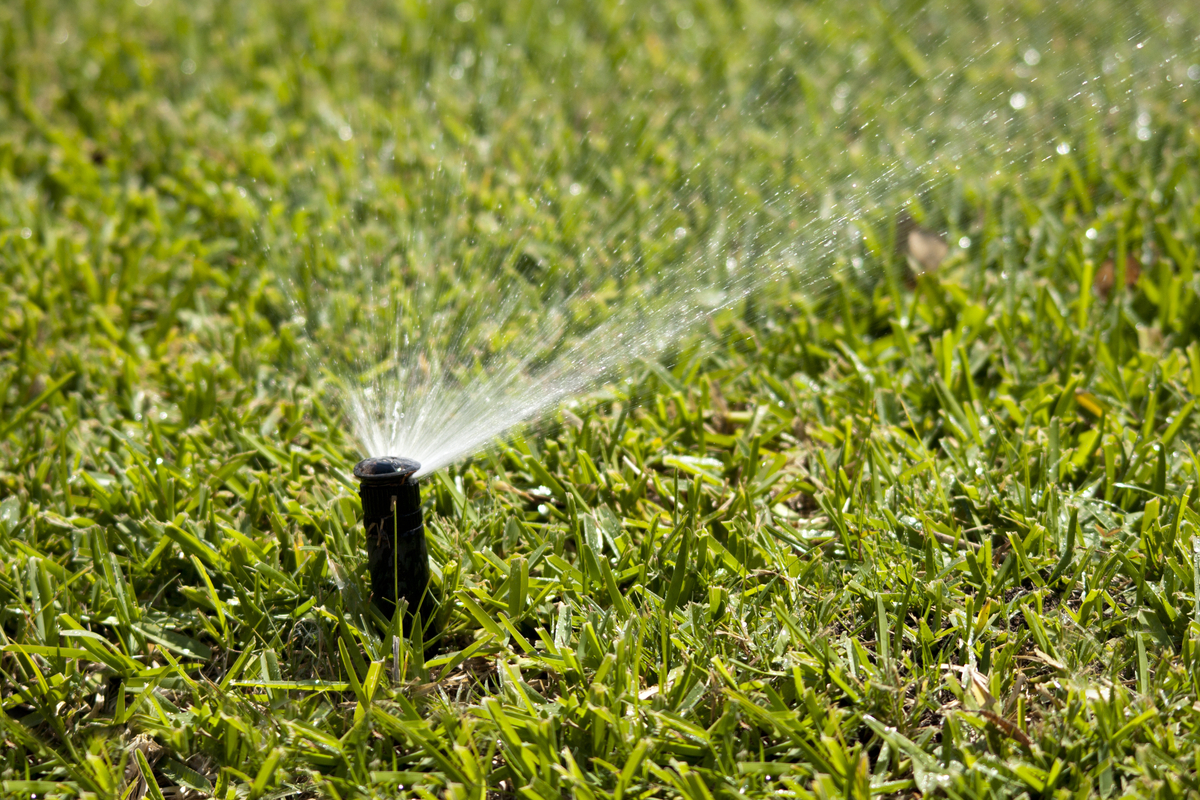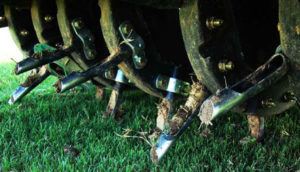St. Augustine grass is a fast-growing, dense, coarse grass ideal for humid, warm climates. Because rainfall can vary throughout the year, the watering strategies must be adjusted to ensure the grass receives sufficient water without being over or underrated. Turf dieback and disease are common issues of soggy, overwatered lawns. You can determine the amount of water your St. Augustine grass needs by observing your yard and evaluating your soil.
Pro tip: You should water your St. Augustine grass if you notice it changes from a dark green color to a gray-blue shade. Also, if you planted it in clay or sandy soil, it should be watered more often.
When to Water Your St. Augustine Grass
Rainfall varies quite a bit in each region. Because of this, the frequency you will need to water your St. Augustine lawn depends on your own visual observations. In fact, looking at your lawn is one of the best ways to determine how often it should be watered. As mentioned above, if the grass starts to look a gray-blue color, then it needs water.
The blades will also begin to bend over when more water is needed. This is done to conserve as much water as possible. If half of your yard starts to show these issues, it’s a good idea to water all your grass. However, you can also overwater your St. Augustine Grass. If you notice that your lawn is squishy, wilted, or the water isn’t being absorbed well, you are overwatering. Another sign of this is if fungus begins to grow. If this happens, you also need to call the professionals for treatment.
Consider the Soil Moisture Depth
Usually, for St. Augustine to grow and stay healthy, the soil has a six-inch top layer that remains moist. This type of deep moisture helps ensure the roots grow down, ensuring the grass will be well-established in the soil. You can use a soil moisture probe or even a wood stake to see how deep the moisture depth goes.
If you notice the probe is dry above the six-inch depth marker, then your lawn needs more water. You should evaluate your soil like this frequently to make sure your lawn is watered properly.
Type of Soil in Your Lawn
Along with the factors above, watering frequency is also dependent on the type of soil in your yard. Sandy soil provides more drainage, but it won’t store water for the roots to be established. It’s good to water your St. Augustine grass in sandier soils to ensure it has the moisture needed.
Keeping Your St. Augustine Grass Healthy and Growing
If you want to ensure your St. Augustine grass stays healthy and continues to grow, it is good to learn how and when to water it. The tips and information here will provide you with this information and help you ensure your lawn looks great throughout the year.




